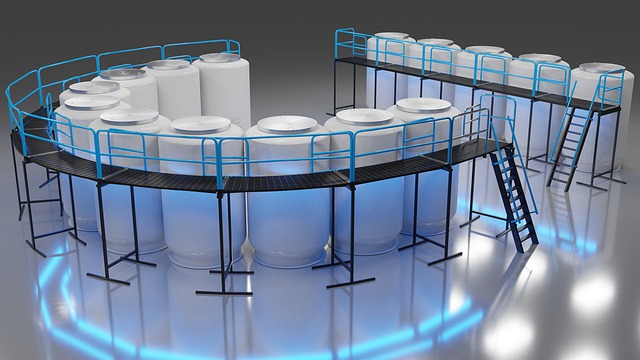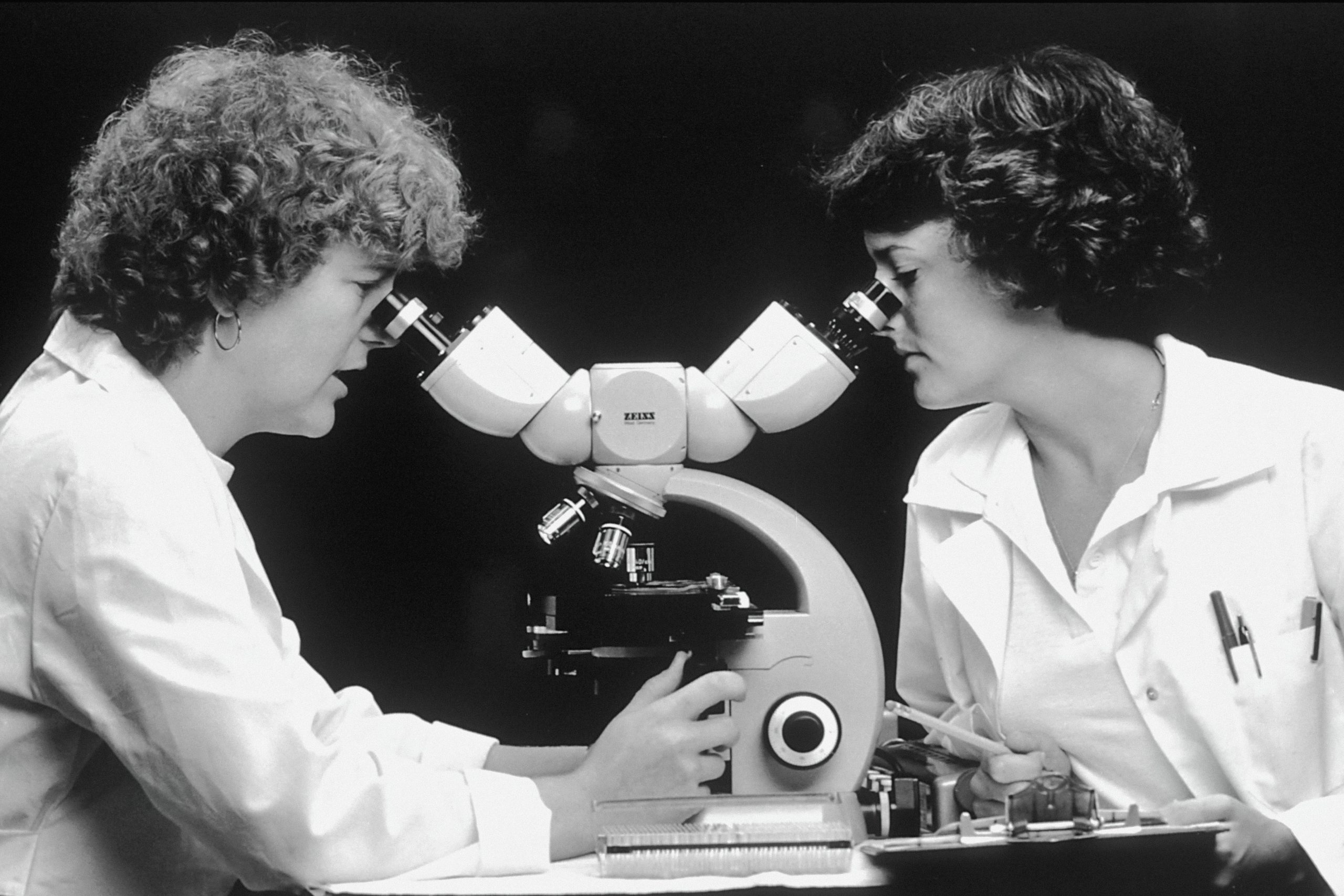For as long as humans have understood their own mortality, people have been interested in finding ways to delay death. For most of human history the options were very limited, and it has only been over the past few centuries, with advances in sanitation and medical science, that the human species has made significant strides in extending lifespans and reducing or eliminating once common causes of death. And the past 60 years have seen the birth and development of what may ultimately be one of the most significant tools in the push for immortality: cryonics, or the process of freezing and preserving the recently deceased with the aim of eventually restoring them to life in the future.
1960s: The origin of cryonics
The 1950s saw theoretical developments and early practical applications of cryogenic freezing of living cells, but it was in the early 1960s that the science now known as “cryonics” was truly born. In 1962, a mathematics and physics professor from the United States named Robert Ettinger published “The Prospect of Immortality,” which served as the first true scientific proposal for the freezing of human beings. Ettinger advocated for the process throughout the early 60s, and by mid-decade his works had been widely read and covered in mainstream media.
It was around this point that the term “cryonics” began to be used specifically for the freezing and preservation of humans. Because the scientific process was gradually developed and refined there’s no one single person who can be credited as “inventing” cryonics, but Ettinger is widely regarded as the foundational figure of the process.

In 1966 the embalmed body of an unknown middle-aged woman was frozen using liquid nitrogen, becoming the first human body to be intentionally frozen and an important stepping stone on the path to true cryonics. Less than a full year later, in 1967, Dr. James Bedford was frozen and preserved within hours of his death, and his body is preserved to this day in the care of the Alcor Foundation.
Because the body of the middle-aged woman had been previously embalmed, and after being preserved the body was thawed and buried normally, Dr. Bedford is commonly regarded as the “first person frozen.”
1970s and 80s: Cryonics expands
The Alcor Foundation was founded in Arizona in 1972, and remains one of the largest and most popular cryonics organizations in the world. A few years later, in 1976, cryonics pioneer Robert Ettinger founded the Cryonics Institute in Michigan. Of the approximately 400 people confirmed to be preserved today, more than half are patients of either Alcor or the Cryonics Institute.
Several other cryonics companies existed in the United States by the late 1970s, but many of them folded over time due to the financial burdens of this still unproven science. Because organizational stability and longevity is so important for cryonics, the venerable Alcor and the Cryonics Institute have grown even more appealing over time for many patients.
In the late 1970s the neuropreservation option was developed, in which a human head is cryonically preserved alone, separate from its body. Neuropreservation has its advantages, including reduced cost and reduced difficulty in maintaining optimal preservation temperatures, but the “whole body vs. neuropreservation” debate rages among cryonics advocates to this day.
While the idea of “frozen heads” has caught on in popular culture, some prominent organizations, such as the Cryonics Institute, are so opposed to it that they don’t offer neuropreservation as an option.

1990s and 2000s: Cryonics improves, and spreads to Russia
Medical science took some significant steps forward in the 1990s and 2000s, and cryonics technology and processes were greatly improved. One of the most significant improvements was the use of “vitrification” during the preservation process, which refers to methods of cooling done in ways designed to reduce or entirely eliminate crystal formation. Prior to the use of vitrification, crystallization damage of body tissues was a big problem for preservation quality, and many of the bodies cryopreserved in earlier eras suffered this damage. Fortunately, vitrification is now commonplace in modern cryonics.
The mid 2000s saw cryonics reach crucial milestones, including the first successful cryopreservation of a mammalian organ, a rabbit kidney, which was then revivified and restored to a functioning state. In 2005, KrioRus was founded in Russia, becoming the first major cryonics service provider outside of North America. KrioRus soon took its place among the “big three” cryonics companies with Alcor and the Cryonics Institute, and for many years was the most convenient and closest option for many cryonics patients in both Europe and Asia.
2010 and beyond: International cryonics
Since 2010, several new cryonics organizations have emerged onto the world stage, including Yinfeng in China in 2015 and Tomorrow Biostasis in Europe in 2019. While neither of these organizations are very large, yet, only time will tell if they prove to have the longevity that is so important when it comes to trusting cryonics companies, and their existence will be a sign of the increasing popularity of and demand for cryonics around the world.
Though cryonics has yet to reach the critical milestone of successful revivification of a preserved patient, the science has made significant strides over the past 60 years. The nature of human cryopreservation means that there are no guarantees when it comes to the process, but looking at how far cryonics has advanced since it was first proposed, the faith and optimism shared by its advocates is easy to understand.














